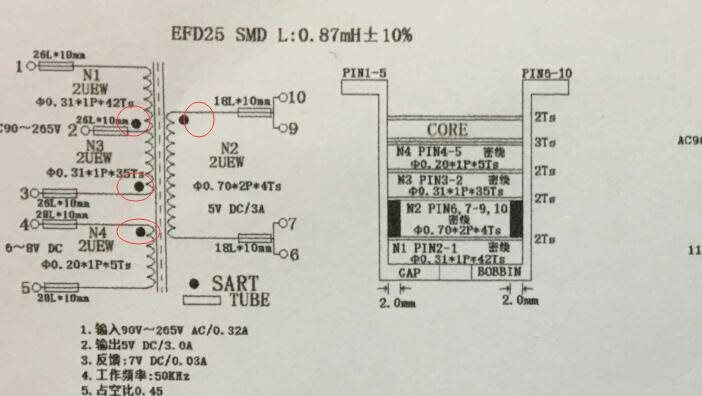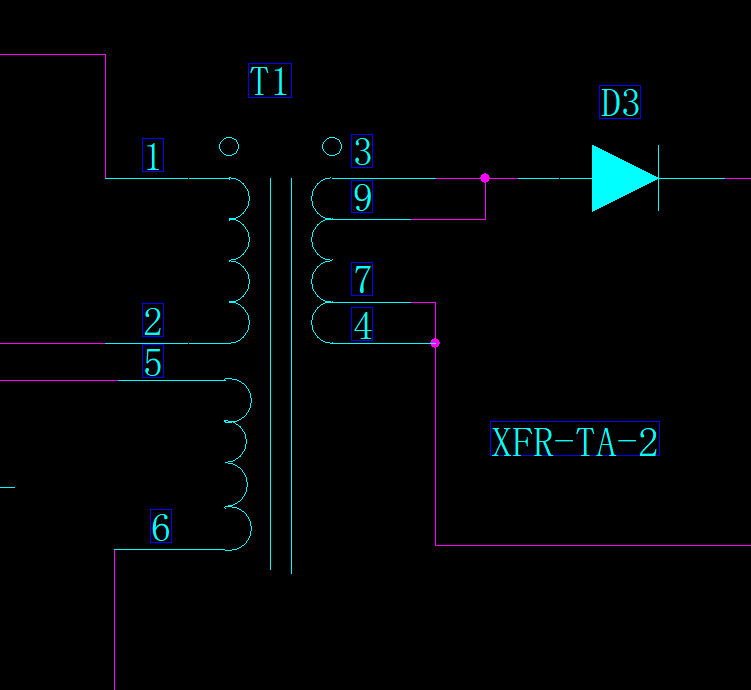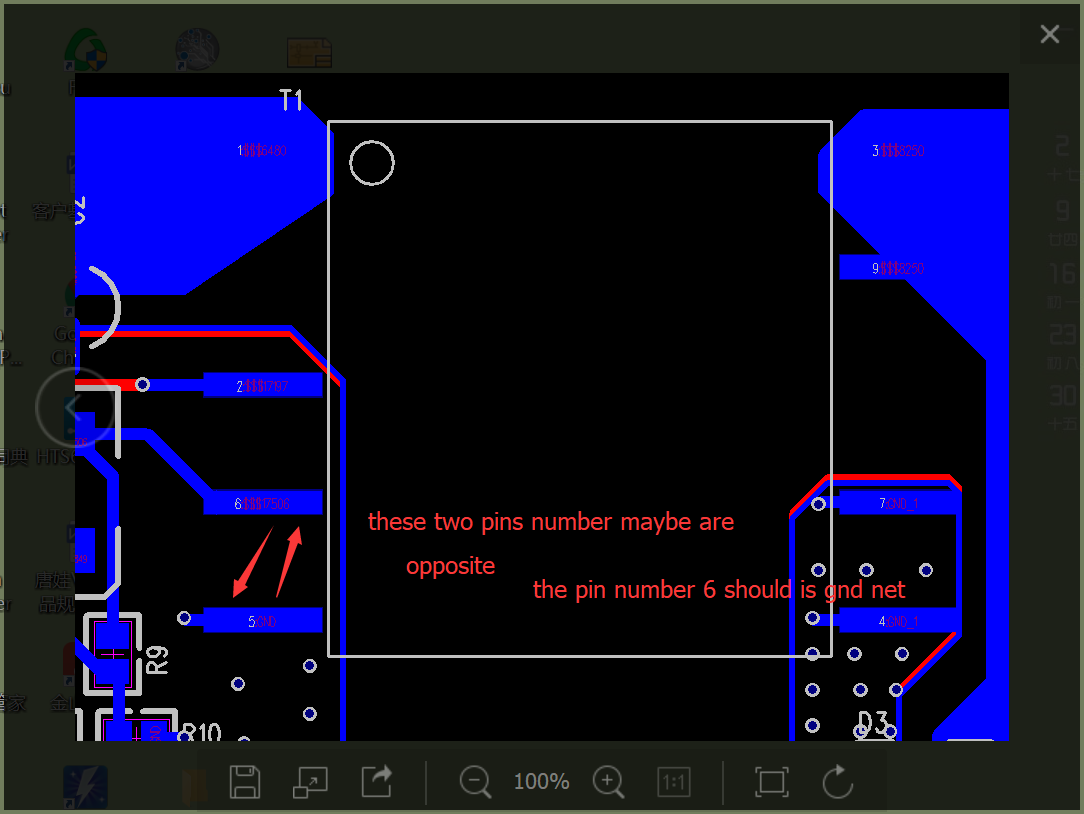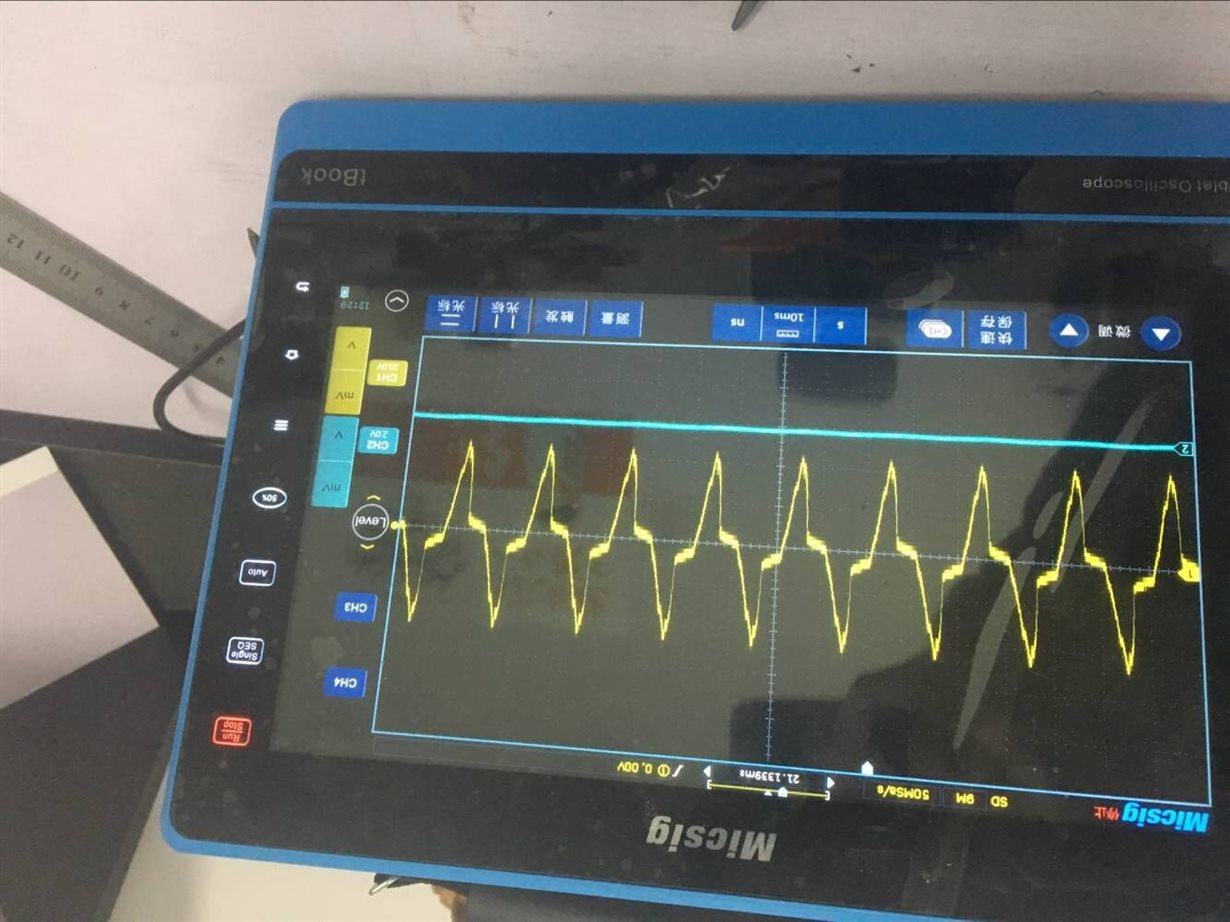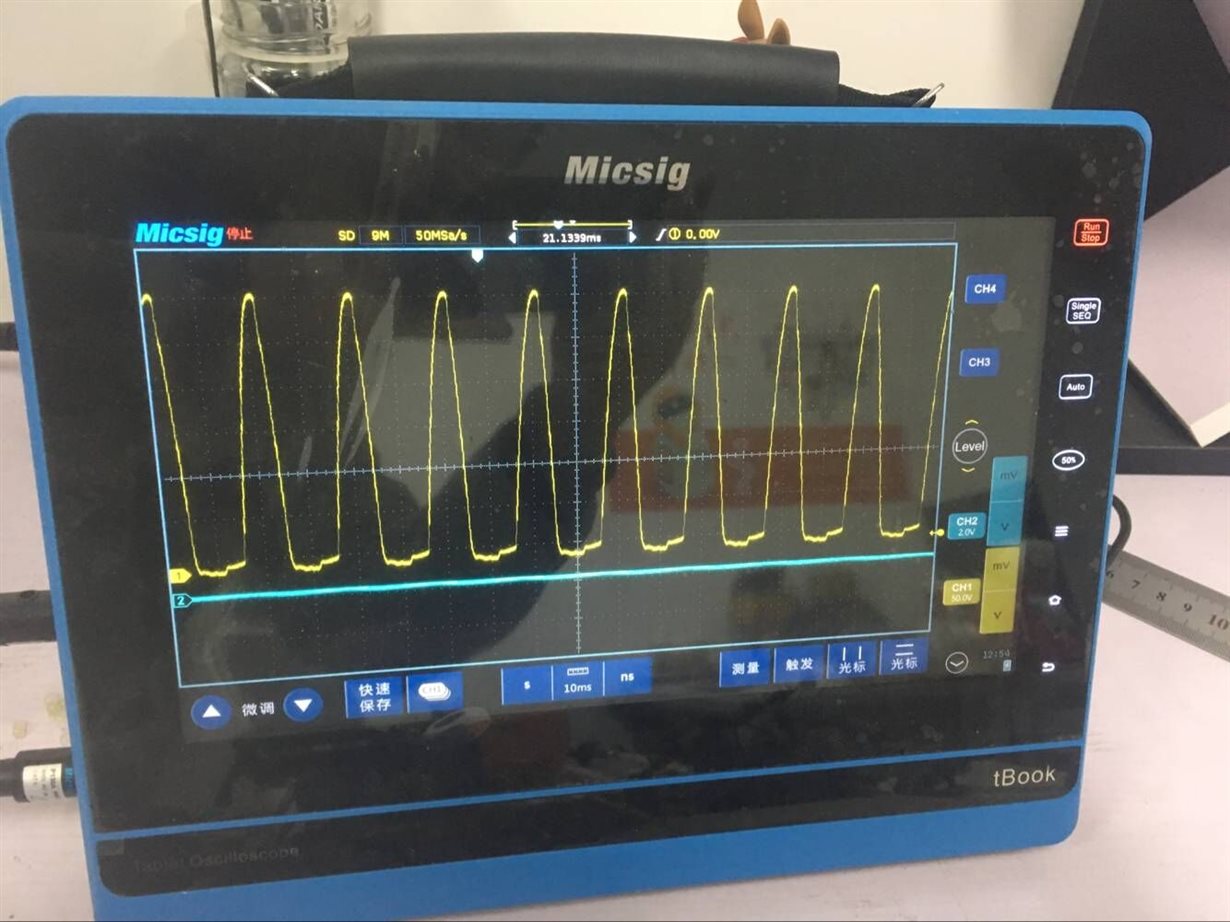are there any problem with this sch,what is the reason result in damaged the components. the rectifier bridge , diode D1 and the mos tube WILL be damaged when we power on the ac sourse .the input voltage is ac 220v 50hz . When we take down the ucc28700 ,we measure the voltage pin2 of ucc28700. we find that the VLOTAGE is 72V.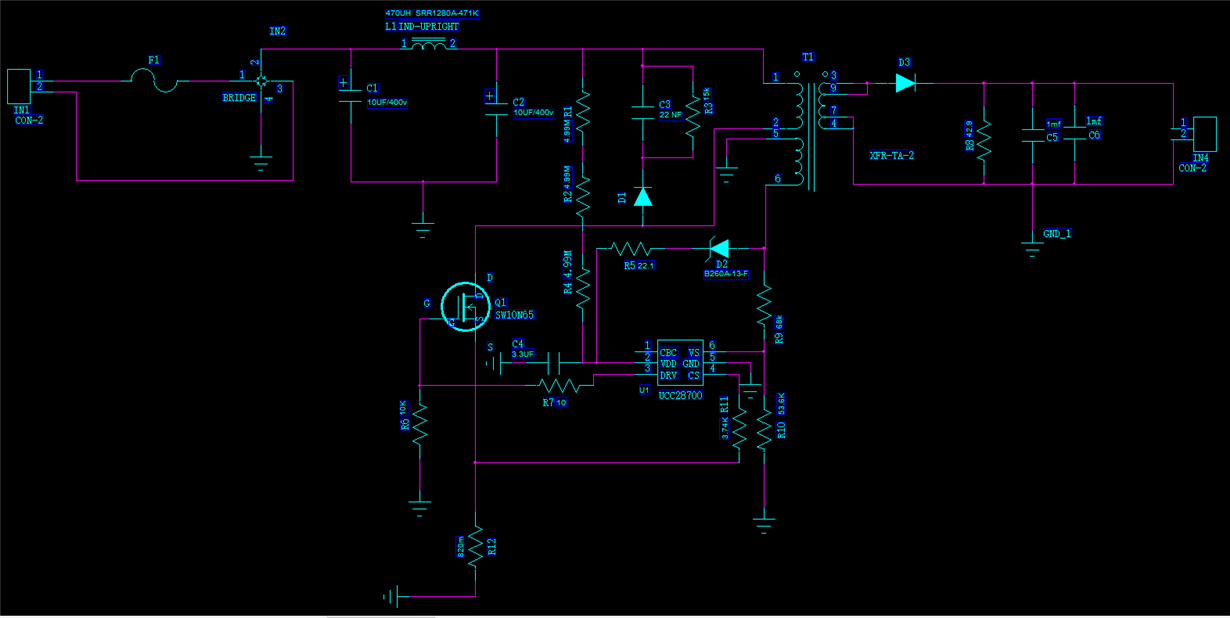
-
Ask a related question
What is a related question?A related question is a question created from another question. When the related question is created, it will be automatically linked to the original question.


